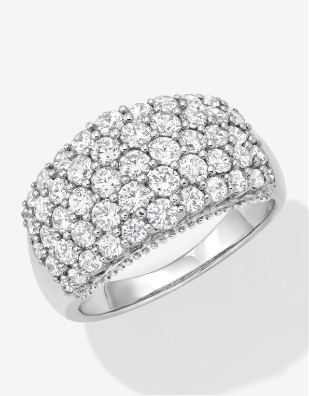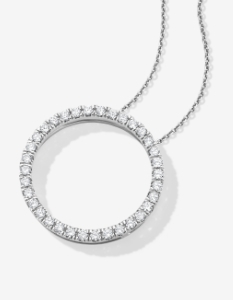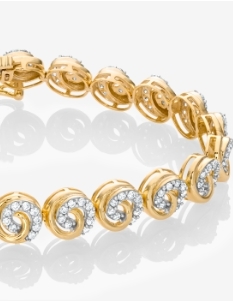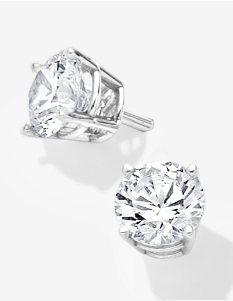Diamond Buying Guide
Every diamond is unique and that means choosing the right one for you will be a personal journey. As you navigate your options, our diamond-buying guide is here to educate you on everything there is to know about diamonds and give you the confidence to buy diamond jewellery that you’ll cherish for years to come.
Diamond 4Cs
Choosing a diamond for the one you love can be magical, meaningful, and stressful all at the same time. Make sure you have your priorities straight with our guide to the 4Cs of diamonds.
Anatomy of a Diamond
Proportion, angle, and cut placement make each diamond unique. Learn the basic features that make up the anatomy of every diamond, so you know what to look for in your perfect diamond.
Diamond Settings
The setting you choose should be about style and function. From a traditional four-prong setting to a diamond-lined basket and even a protective bezel setting, this guide will help you choose the setting style that suits your busy lifestyle.
Diamond Shapes
Round or Princess? Radiant or Asscher? Emerald or Oval? Whether your taste is classic and traditional or modern and contemporary, our guide will help you find the perfect diamond shape for your personal style.
Get Inspired
Keep up with the latest jewellery trends and find your next favourite piece.
Where Diamonds Come From
Canadian Diamonds
Did you know Canada produces 15% of the world’s rough diamonds? Find out if a Canadian diamond is right for you.
Conflict-Free Diamonds
We only sell 100% conflict-free diamonds. Find out what that means and how Peoples is a leader in the industry.
Lab-Created Diamonds
Conflict-free and affordable, find out more about the benefits of choosing a lab-created diamond.
Responsible-Sourcing
We’re industry leaders in developing responsible sourcing practices. Find out more about our standards.
Diamond FAQs
Is a natural diamond or a lab-created diamond better?
Natural and lab-created diamonds are virtually the same when it comes to their optical, physical, and chemical properties. The only differences are how long they took to form and their origin. A natural diamond is formed by the pressure of the Earth over billions of years and a lab-created diamond is grown in a controlled lab setting in as little as a few weeks. Since natural diamonds—especially ones with little to no flaws—are rarer, they are also more expensive. There is no “better” choice between the two, only the one that makes sense for your priorities and budget.
How much do diamonds cost?
The cost of a diamond varies widely depending on the quality and size of the stone. The 4Cs (cut, clarity, colour, carat) are used to evaluate each diamond and each plays a major role in determining the cost of a diamond. By navigating the 4Cs and how they relate to each other, an experienced jeweller can help you find the best diamond for your budget.
What size diamond should I buy?
The right diamond size for you will depend on your budget. Carat measures the weight of a diamond, and in general, the larger the carat, the higher the cost, although the other 3Cs will play a role. The dimensions of a diamond depend on the cut and shape you go with. If you want a diamond that appears larger, consider an emerald, pear, round or marquise cut stone.
What is an eye-clean diamond?
An eye-clean diamond describes a diamond that appears flawless to the naked eye. While there may be inclusions or flaws when the diamond is examined under a microscope, to you, the diamond appears flawless. According to the GIA, diamonds rated as FL, IF, VVS and VS are considered eye clean.
What is the difference between diamond cut and shape?
The cut is one of the 4Cs and refers to how the diamond sparkles. A quality cut has the power to hide flaws and increase brilliance and fire. While a jeweller will aim for certain standards to get an ideal cut, they’ll usually have to adjust based on the stone’s unique features. The shape of a diamond refers to the outline of a diamond and won’t affect the diamond grade.
Our Best Sellers
Shop our most popular diamond jewellery


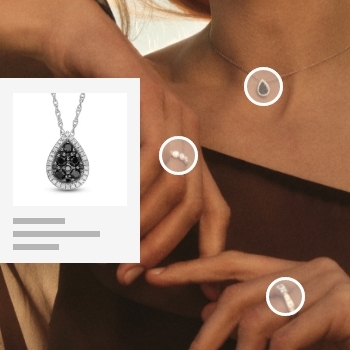
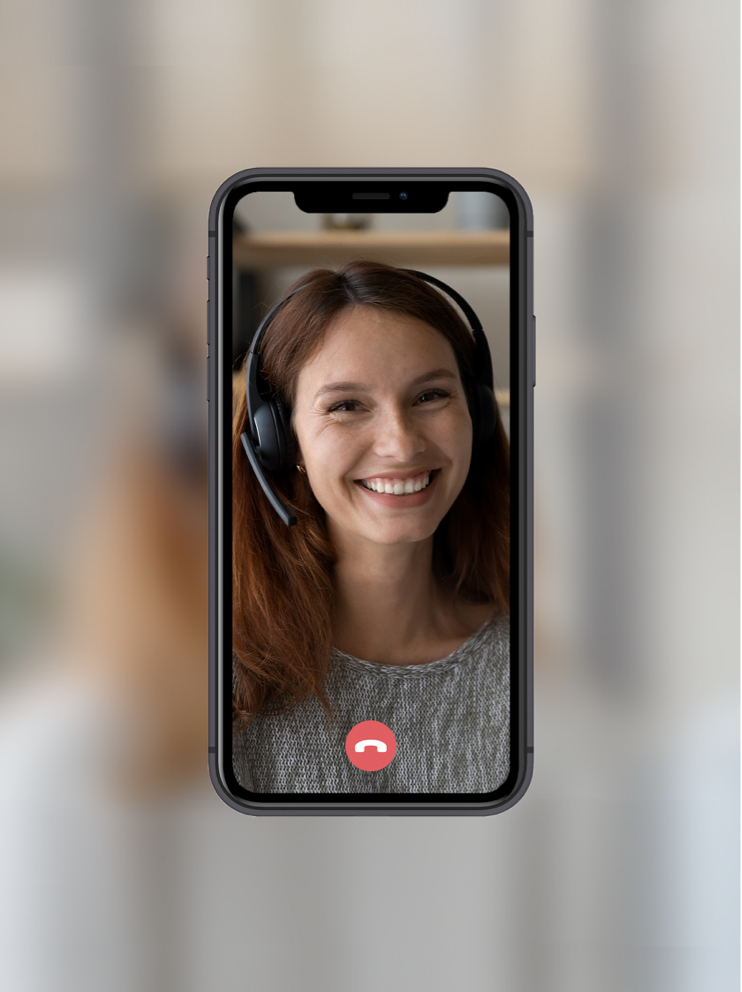

 They will be on video but won't see you.
They will be on video but won't see you. Make sure to enable your mic if prompted.
Make sure to enable your mic if prompted. Language:
Language:


